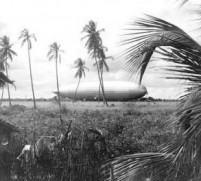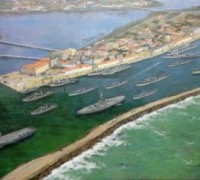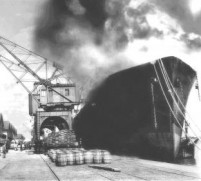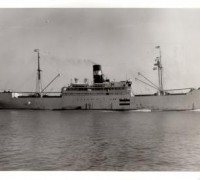CAMP INGRAM RECIFE * - CAMP INGRAM *
5)PINA RADIO STATION
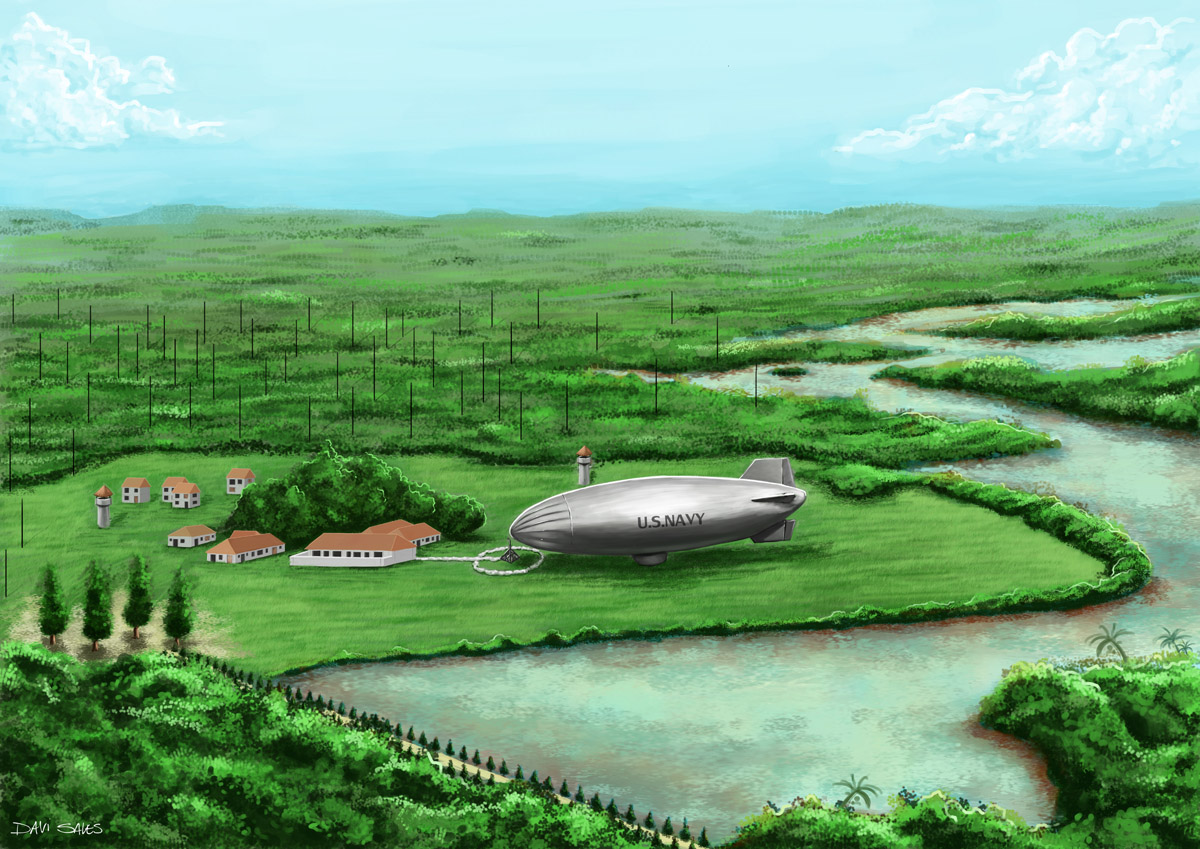
Above an artistic view of what was in its real dimension the PINA Radio Station operated by the US Navy throughout the war. The author is the Brazilian graphic designer Davi Sales. At the request of the then Northeast Naval Command the area was ceded to US Navy. After carrying out the necessary landfills, he built and equipped the radio station, known as Pina Radio Station occupying a surface of approximately 220 hectares. Moreover, the high piles of their antennae are original canadian wood, stuck by the Americans. It is a unit used in the communications service employing advanced technology, required previous studies with regard to topography, climate, soil, air currents, geographical situation, means of information and other conditions peculiar to their equipment and purposes. The operational performance of the station in the war, along with others located in Washington, San Juan, Belem and Salinas da Margarida in Bahia, was important having contributed greatly to the allied victory. After the war the US Navy has shown interest in staying for another period. Thus a new agreement was signed by the two countries extending the operation of Pina Radio Station until 1956.
Established 12 Nov 42 whose Call sign was NZX NKM BZ2 it operated in close conjunction with the stations in Washington, San Juan, Belem and Salinas de Margarida at Bahia. Along with Jiquia radio station also located in Recife and Belem, they were the most important radio communication and tracking system in the south Atlantic and vital in ASW campaign. Operating in parallel with British radio stations in Freetown and South Africa these radio networks were responsible for all tracking and plotting of enemy activities in the south Atlantic.
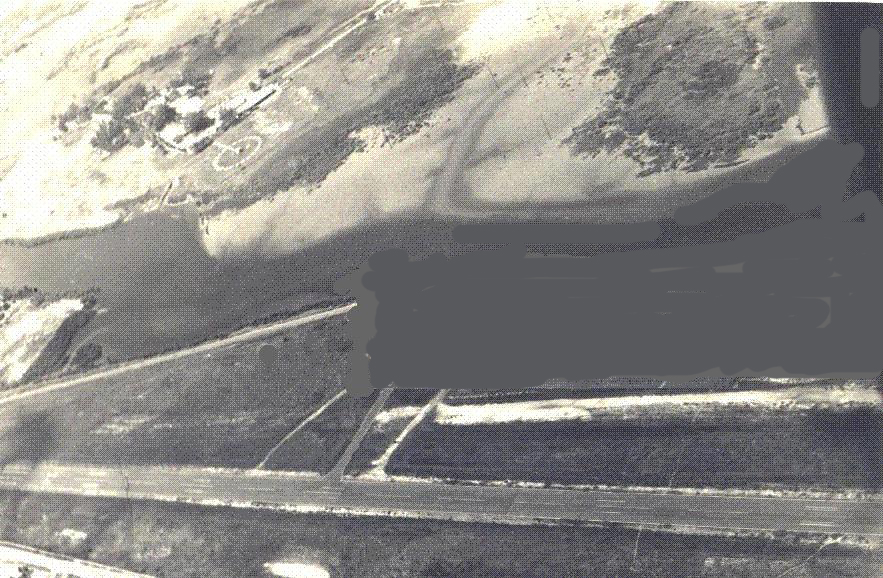
Aerial view of Pina Radio Station. It served Brazilian Navy until late 70's.
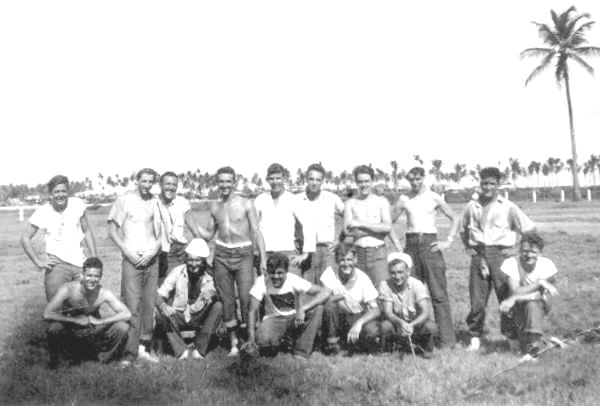
A team of US Navy operators at Pina Radio Station enjoy their leisure time playing football, having the coconut trees at the bottom..

Panoramic view of the Radio Station. Notice the number of CW/HF/DF antennas, 45 in total scattered throughout the base. Frobisher Bay in Canada and Recife Brazil were the most problematic stations from the viewpoint of HF communications. Often they could copy each other over 5,300 miles but none of the stations in between could do.
